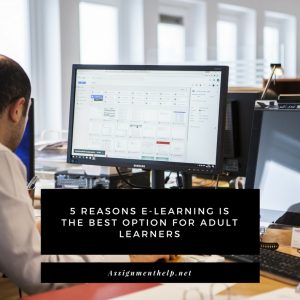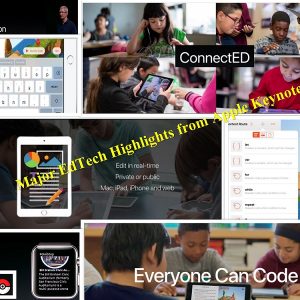This is Why Teachers Need Tablets for Flipped Classrooms [Infographic]
Every classroom is a made up of students with various skill sets, interests, and abilities. Some students are visual learners, some are verbal, and others may be hands-on learners. Most teachers can admit that they must differentiate their teaching styles to keep their students from falling behind. Therefore, sticking to one style of teaching will not work. That’s where using tablets in the classroom can help.
Tablets can’t teach students by themselves, but they can enable teachers to be everywhere they need to be. Tablets allow teachers to switch up their teaching methods and start flipping their classroom.
Flipping the classroom is when students watch lectures at home on their tablet instead of listening to them in-class. This allows for more class time spent discussing the lecture, answering questions, and providing feedback.
The affects of this learning method are positive: Seventy-one percent of teachers say their students’ grades have improved since the switch to classroom flipping.
Today’s classrooms are full of digital learners. In fact, more than seventy percent of children under the age of 12 already use tablets. So fading out the traditional classroom approach and incorporating tablets into a flipped classroom may not be as much of an undertaking as you think.
Quill has provided seven essential tips for teachers that use tablets in their classroom. See how tablets can provide new learning methods and help your students succeed.
Click to Enlarge Image
Already using a tablet for your classroom teaching? Have you chosen an iPad ? Share with us in comments as to which tablet have you chosen for your classroom ?
Don’t forget to check our 17 for ’17 edtech trends where Apple Distinguished Educator Michael Cohen discusses how iPads will disrupt classroom teaching learning in 2017 and beyond.



